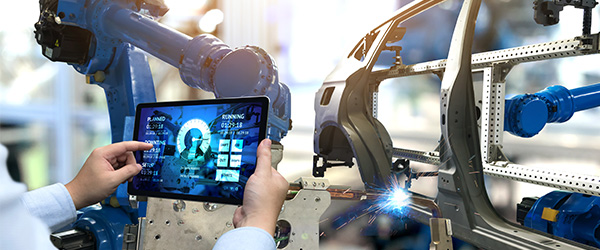Do you know the difference between 2D vs. 3D machine vision?
Both types of vision sensors make notable improvements to industrial automation processes by performing positioning, inspection, measuring, and reading tasks with a high level of precision.
These sensors used to be expensive and complicated, but now the cost has come down and vision is easier to implement than ever before. Machine vision technology gives “eyes” to the machine that allows you to replace or complement manual inspection tasks. But just what type of vision is right for your application?
2D Vision Benefits
There are a range of 2D vision solutions available from SICK, including configurable cameras, vision inspection systems, programmable flexible cameras, and even high-speed streaming cameras. The 2D vision solutions are endless.
2D vision is used to solve four vision tasks, including positioning, inspection, measuring, and reading tasks. This technology is particularly useful for applications with high contrast, or when the texture or color of an object is the key to the solution.
3D Vision Benefits
With a variety of machine vision sensors from SICK, 3D vision can be seamlessly dropped into any industrial automation application like part positioning, inspection, measurement, and reading. You can get reliable 3D vision inspection, even when part color, position, and height varies. On top of this, you’ll also get embedded image analysis for fast configuration in your inspection applications.
These cameras provide 3D laser triangulation that can help to overcome many challenges related to low contrast and poor lighting. 3D vision is particularly useful for high-precision inspection and measurement applications.
 Still not sure what the best option for 2D vs. 3D vision is for you?
Still not sure what the best option for 2D vs. 3D vision is for you?
Check out our webinar on 2D vs. 3D Vision to see which one is right for you!





